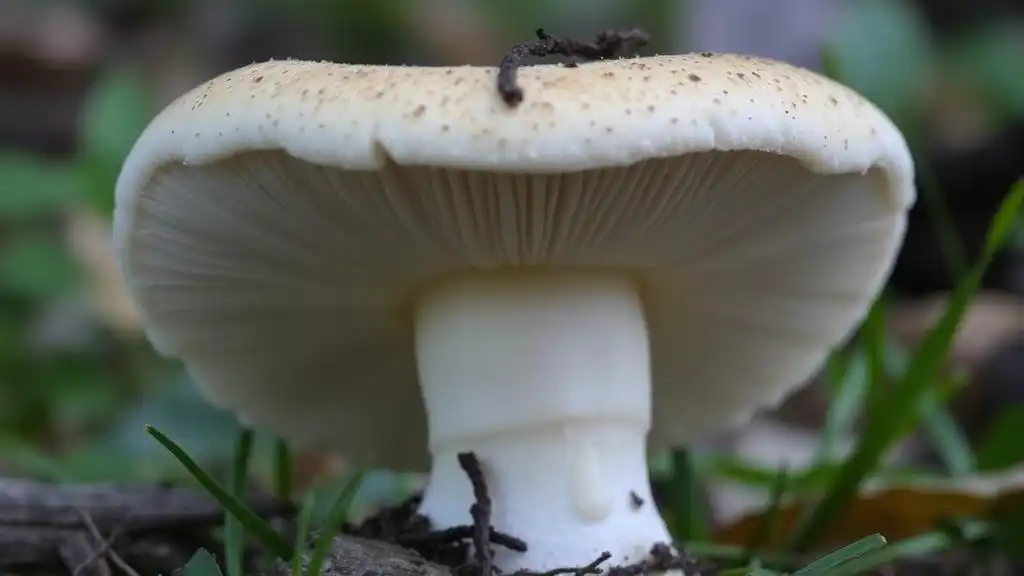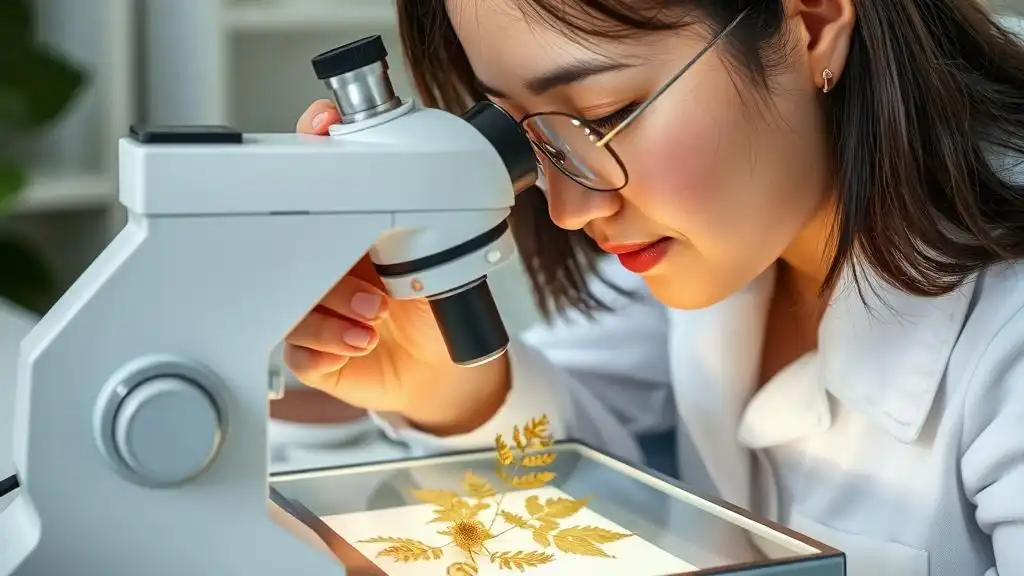What Is Crop Rotation and Why Is It Important?
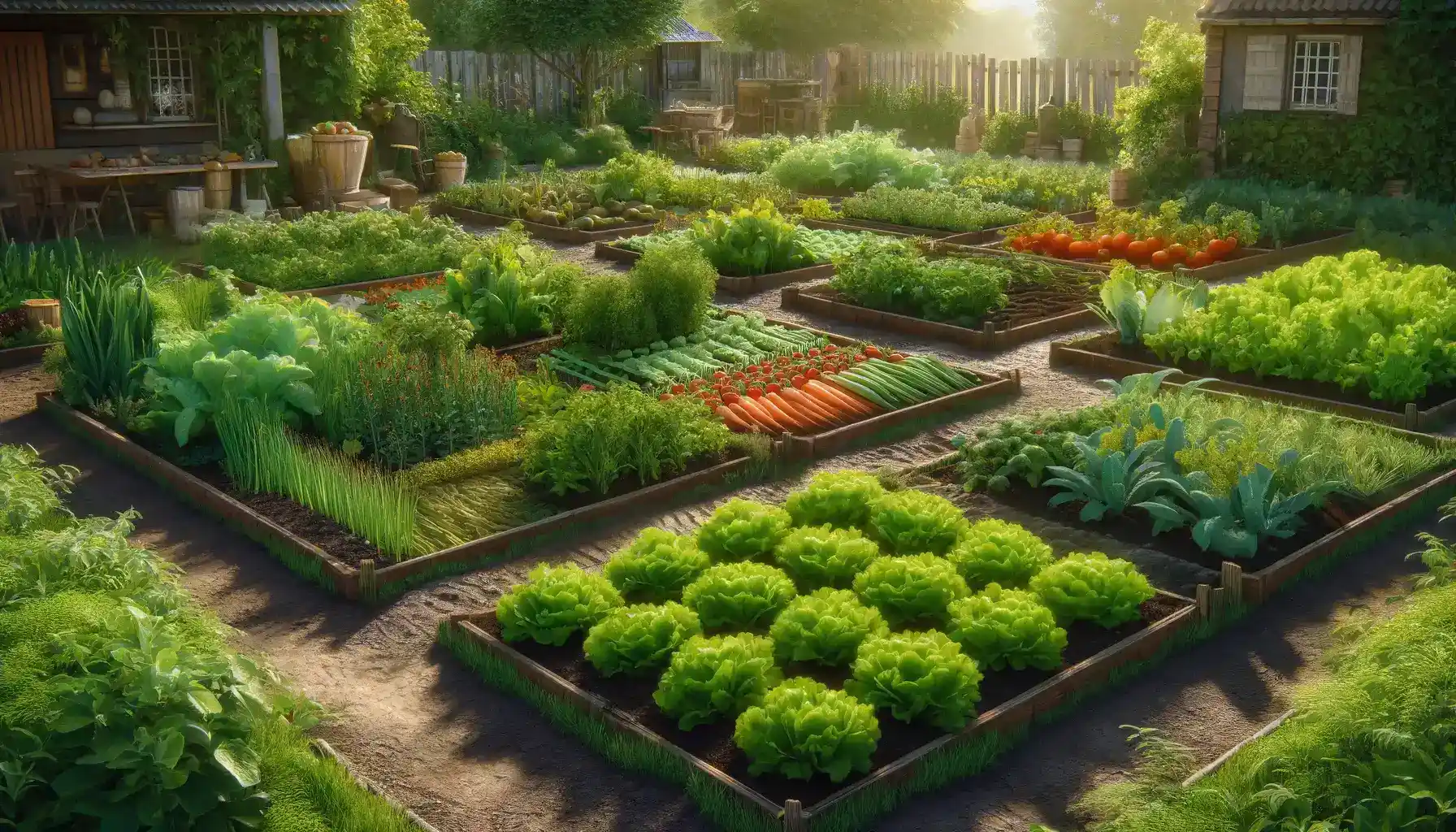
Crop rotation is one of the oldest yet most efficient agricultural techniques that help one get the most out of their planting experience and maintain sustainability as well. Although many gardeners and farmers might prefer modern chemical practices to protect soil and cultivate plants with ease, crop rotation should not be ignored either way.
Contents:
Crop rotation is one of the oldest yet most efficient agricultural techniques that help one get the most out of their planting experience and maintain sustainability as well. Although many gardeners and farmers might prefer modern chemical practices to protect soil and cultivate plants with ease, crop rotation should not be ignored either way.
Why is crop rotation important in organic farming? What is the most universal scheme of crop rotation? In this article, we will try to introduce some crop rotation techniques that may potentially facilitate the work in vegetable gardens and agricultural establishments in general.

The Notion of Crop Rotation
Crop rotation is an essential part of agriculture that consists in the cyclical succession of planting crops on the same land in order to restore and improve soil fertility. In other words, instead of continually growing the same crop in a particular area year after year, farmers and gardeners are encouraged to strategically rotate crops to enhance soil health, etc. But why is crop rotation so important?
Generally speaking, crop rotation is based on the principle of biodiversity. This means that one cultivates various plant species each year of the cycle to protect soil health and fertility and create a well-balanced agricultural ecosystem with the use of natural techniques. Fast and inflexible planting commonly used in industrial farming may harm the environment, deplete the soil, and result in natural disasters in the given area.
Crop Rotation: Why Is It Important?
Crop rotation becomes a popular solution, for many gardeners start thinking about the environment and soil fertility in the long run. Why is crop rotation important for organic and sustainable farming? Notwithstanding the fact that this involves profound preparation and a deep understanding of the process, crop rotation is definitely a beneficial practice.
Reason 1. Enhanced Soil Health.
One of the primary benefits of crop rotation is its positive impact on soil health. While continuous monocropping may deplete soil nutrients and lead to decreased fertility, crop rotation may help farmers provide the soil with nutrients in a natural way. Additionally, crop rotation helps maintain soil structure, reducing compaction and promoting better water infiltration and retention.
Here is an illustrious example. Why is crop rotation important? Nitrogen, one of the key elements, may be used by plants, like corn, more intensely. Hence, this can result in nitrogen deficiency and overall infertility. Legumes such as beans and peas planted a year later can efficiently replenish this essential nutrient in the soil and prolong the lifespan of the patch.
Reason 2. Pest and Disease Management.
Crop rotation is a powerful tool but not a silver bullet that could avert all the possible issues overnight. Nonetheless, this is what plant lovers may still do to improve the condition of the soil and help flora fight against diseases. Many pests and pathogens are common for specific host plants. Therefore, farmers can disrupt their life cycles and even get rid of the diseases triggered by these microorganisms.
This natural pest control method may reduce the need for synthetic pesticides, which is to minimize environmental impact and preserve beneficial insect populations. This is why crop rotation is important for sustainable farming.
Reason 3. Weed Suppression.
In addition to managing pests and diseases, crop rotation can help suppress weed growth. Different crops have varying canopy structures and growth habits, which can shade out and outcompete weeds. Why is crop rotation important in agriculture? With the use of crop rotation methods, farmers can effectively manage weed populations without relying solely on herbicides.
Reason 4. Environmental Sustainability.
Why is it important to practice crop rotation? From an environmental perspective, crop rotation contributes to the overall sustainability of ecological infrastructure. Via soil health promotion, reduced chemical inputs, and enhanced biodiversity, crop rotation helps mitigate the negative impacts of conventional farming practices on the environment and provides essential ecosystem services such as water filtration and nutrient cycling.
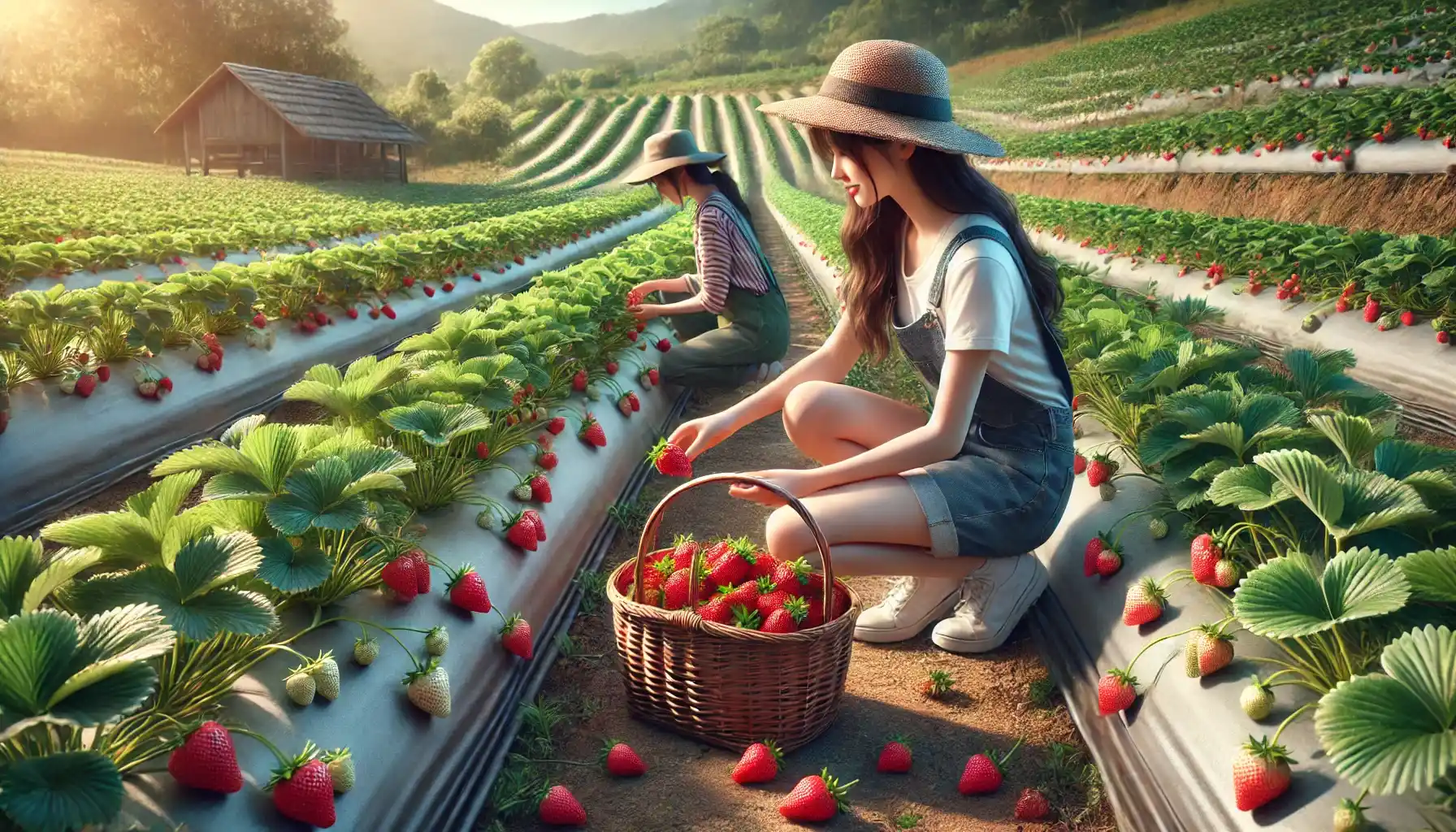
Nevertheless, those who have never relied on this practice may eventually underestimate why it is important to rotate crops. However, to confront the challenges of feeding a growing population and preserving natural resources, it is important to switch to more sustainable agricultural options like crop rotation.
Briefly About Types of Crop Rotation
Crop rotation, however complex and blurred it seems, may fall into several types, each bearing its own advantages and implementations. The choice of the crop rotation type should be accompanied by the analysis of your own situation, i.e., climate, expectations, and plants themselves.
Some botanists highlight the types of crop rotation based on the duration in which the alternation arises. Thus, there exist annual, biennial, three-year, four-year rotations, and so on. Besides, other types involve alternating plant families or analyzing plant compatibility. However, the most popular yet basic method for non-industrial gardens is based on the nutrient requirements and lasts four years, so let us see how and why rotating crops is important in this case.
The four-year crop rotation looks as follows:
During the first year, one should plant legumes (e.g., beans and peas), for they add a sufficient volume of nitrogen to the soil.
In the second year, it is better to proceed with greens or brassicas (e.g., lettuce, kale, cabbage, herbs, etc.) since they require ample nitrogen.
Next, gardeners may plant fruiting vegetables in the same bed/row as they do not need so much nitrogen but require more ample phosphorus.
Then, it is time for root vegetables like carrots, radishes, garlic, and the like to be planted. They still need potassium and phosphorus but do not rely heavily on nitrogen.
The cycle repeats, starting with legumes again. Why is crop rotation with legumes important? Legumes generally store more nitrogen than other plants do and, thus, prepare the soil for other plants as well.
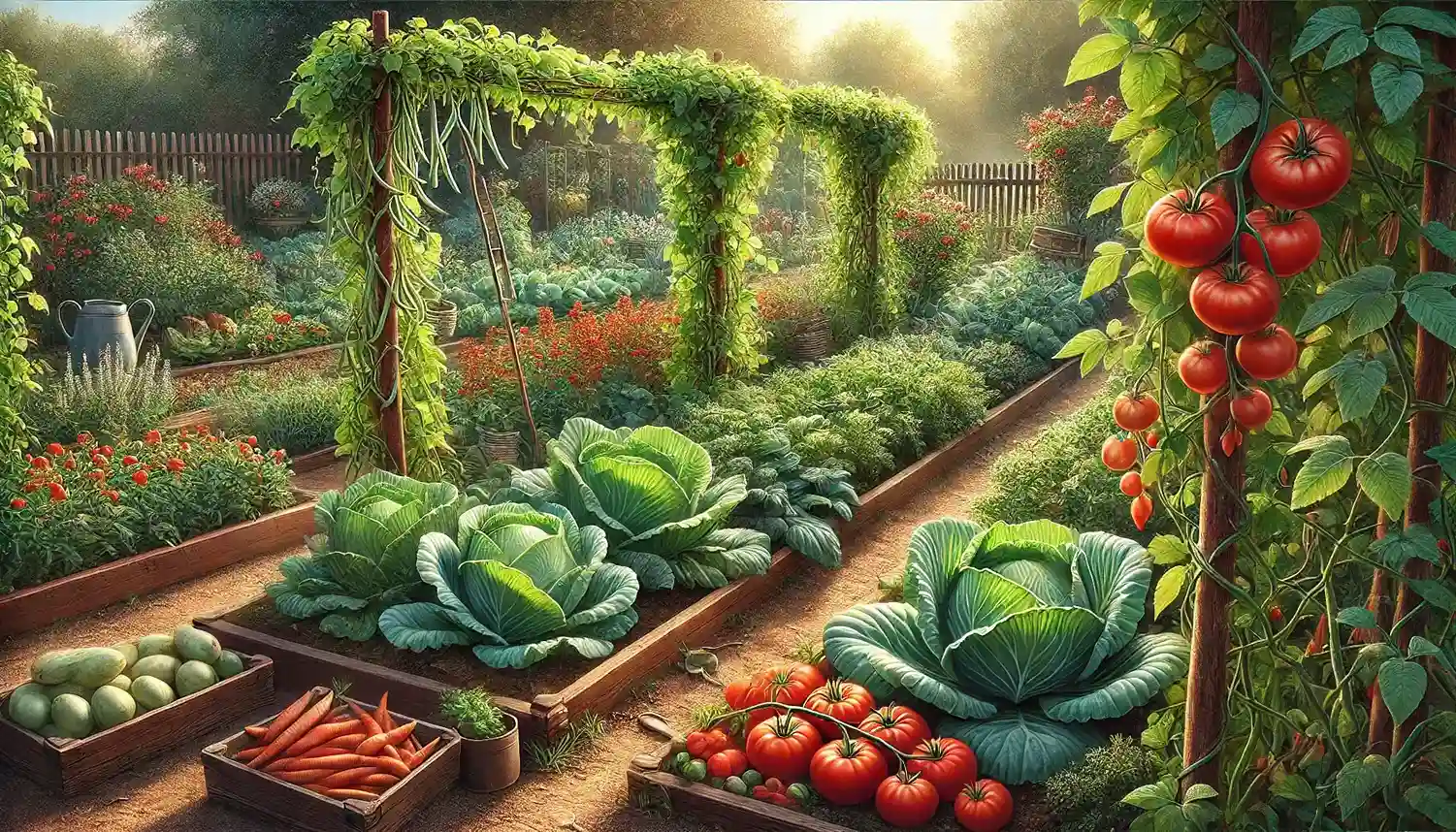
Some Rules to Follow
Crop rotation is a beneficial technique when it is approached properly. The first thing to consider before implementing crop rotation into your gardening routine is drawing up a crop rotation scheme correctly. Remember that the more diverse plant species involved in crop rotation, the higher the chances of getting a bigger harvest.
The climate is one of the key factors that defines soil fertility, care needs, and plant requirements in general. Analyze where your garden/farm is located and improve the conditions of the environment with the use of proper plants (e.g., grow moisture-storing plants in arid regions).
Flexibility is the key when implementing crop rotation, as environmental conditions, market demands, and farming goals may change over time. Farmers should be prepared to adapt their rotation plans as needed to optimize productivity, profitability, and sustainability. This may involve incorporating new crop varieties, adjusting planting dates, or modifying rotation sequences to address emerging challenges or opportunities.
Rotate Your Crops with AI Plant Finder
While some gardeners may find it difficult to implement crop rotation at once, there appear various digital options to assist you in this complicated journey. One of the tools that many plant enthusiasts utilize is the AI Plant Finder app.
AI Plant Finder is an innovative platform with a variety of helpful features, which include plant and disease identification with just one snap, care reminders, immediate expert advice, and even more. Those who are not sure that they can handle crop rotation independently may employ AI Plant Finder and rest assured that everything is going as expected.
What can one do to simplify their gardening experience? Install the app on the smartphone, scan the plants with your phone’s camera or type in the search bar the plants you want to add to “My Garden”, explore information about each plant, analyze its needs, set up care reminders (including rotating, watering, fertilizing, and misting), and communicate with experts and other garden enthusiasts to share your experience and learn more.
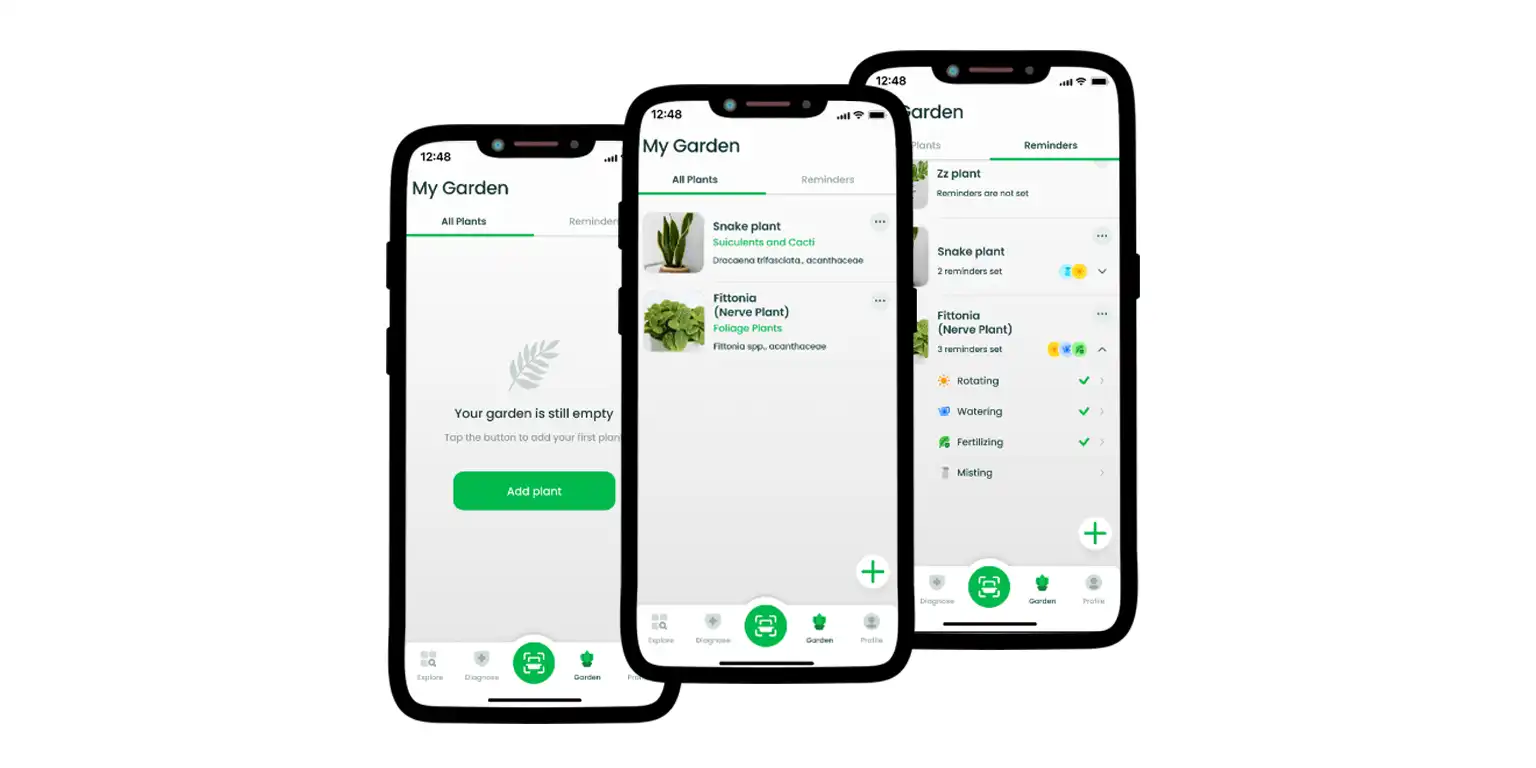
Crop rotation is a complex but rewarding endeavor that can lead to improved soil health, increased crop yields, and reduced environmental impact. The full potential of this procedure may only be uncovered when one prepares in advance and employs reliable sources of information, like AI Plant Finder. This is how the garden stays healthy for longer periods of time and delights you with a good harvest and pure food.
Share:
Read More
Identify Any Plant, Diagnose Every Disease
Download Our App Now!

